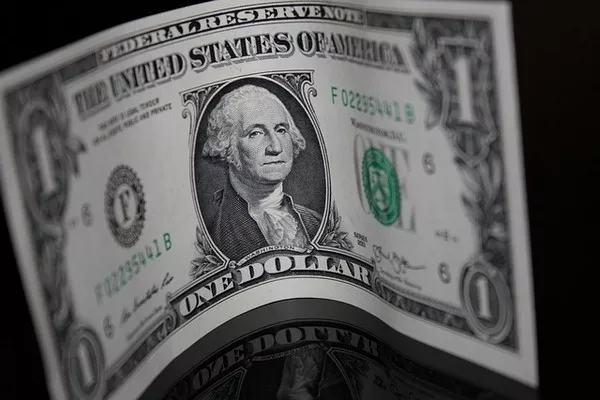The US dollar has long held its status as the world’s primary reserve currency, serving as the cornerstone of global trade and finance. However, recent economic shifts and geopolitical developments have raised questions about the durability of this status. From the rise of alternative currencies to shifts in global economic power dynamics, various factors are contributing to speculation about the future of the US dollar as the dominant reserve currency. In this article, we’ll delve into the trends, challenges, and implications surrounding the potential decline of the US dollar’s reserve status.
Trends and Challenges:
Diversification of Reserves: Central banks around the world have been diversifying their reserve holdings away from the US dollar in recent years. This trend reflects a desire to reduce exposure to currency risk and mitigate the impact of potential US economic volatility. Countries like China and Russia have actively increased their holdings of alternative assets such as gold and other currencies like the euro and the Chinese yuan.
Geopolitical Factors: Geopolitical tensions, trade disputes, and sanctions have also fueled concerns about the US dollar’s reserve status. The weaponization of the dollar in international relations has led some countries to seek alternatives to minimize their vulnerability to US economic coercion. For instance, Iran and Venezuela have explored bypassing the dollar in their oil trade, opting for alternative currencies or barter arrangements.
Rise of Digital Currencies: The emergence of digital currencies, including cryptocurrencies and central bank digital currencies (CBDCs), presents another challenge to the US dollar’s dominance. While cryptocurrencies like Bitcoin are still in the early stages of adoption as reserve assets, they represent a potential disruptor to traditional fiat currencies. CBDCs, on the other hand, could offer greater efficiency and transparency in cross-border transactions, potentially reducing the reliance on existing reserve currencies.
Economic Imbalances: Persistent trade deficits, rising debt levels, and expansionary monetary policies in the United States have raised concerns about the long-term stability of the dollar. As the Federal Reserve continues to pursue accommodative policies, including quantitative easing and low interest rates, there are fears of currency depreciation and inflation, eroding the purchasing power of dollar-denominated assets held by foreign investors.
Implications:
Impact on Global Trade: A decline in the US dollar’s reserve status could have significant implications for global trade and finance. Increased currency volatility and uncertainty may complicate international transactions and pricing mechanisms, potentially leading to higher transaction costs and reduced efficiency in the global economy. Businesses and investors would need to adapt to a more multipolar currency system, diversifying their currency holdings and risk management strategies.
Shift in Economic Power: The erosion of the US dollar’s dominance could reshape the geopolitical landscape, redistributing economic power among major economies. Countries with large and liquid currency markets, such as the eurozone and China, stand to benefit from greater internationalization of their currencies. This could enhance their influence in global financial markets and policymaking, challenging the traditional hegemony of the United States in economic affairs.
Financial Market Volatility: Any significant shift away from the US dollar as the primary reserve currency could trigger financial market volatility, particularly in currencies, bonds, and commodities. Investors may reassess their asset allocations and risk exposures, leading to fluctuations in asset prices and capital flows. Central banks and policymakers would face the challenge of maintaining stability and confidence in the midst of transition and uncertainty.
Policy Responses: In response to the evolving landscape of reserve currencies, policymakers in the United States and other major economies may adjust their monetary and fiscal policies. Efforts to strengthen domestic economic fundamentals, reduce fiscal imbalances, and enhance financial regulation could help bolster confidence in the US dollar and mitigate the risks associated with its potential decline as a reserve currency.
Conclusion:
While the US dollar remains the dominant reserve currency for now, its status is not immune to change. A combination of economic, geopolitical, and technological factors is challenging the dollar’s supremacy and reshaping the global monetary system. As countries and market participants adapt to these shifts, the trajectory of the US dollar’s reserve status will continue to be a topic of keen interest and scrutiny in the years to come. Understanding the trends and implications surrounding this issue iscrucial for policymakers, businesses, and investors navigating an increasingly complex and interconnected global economy.


